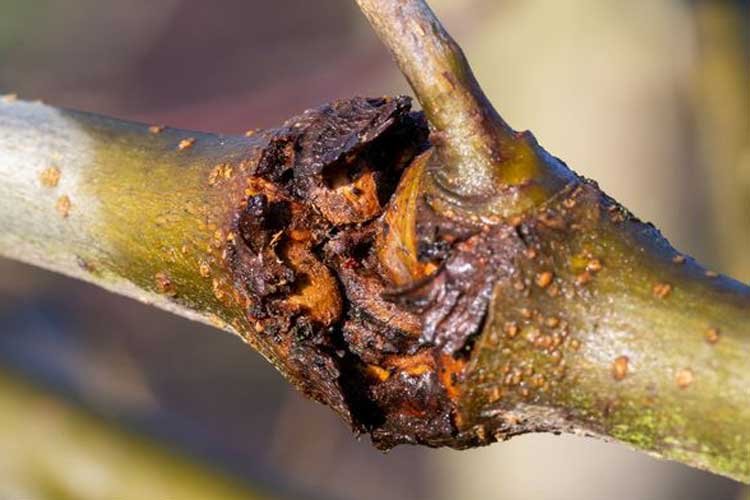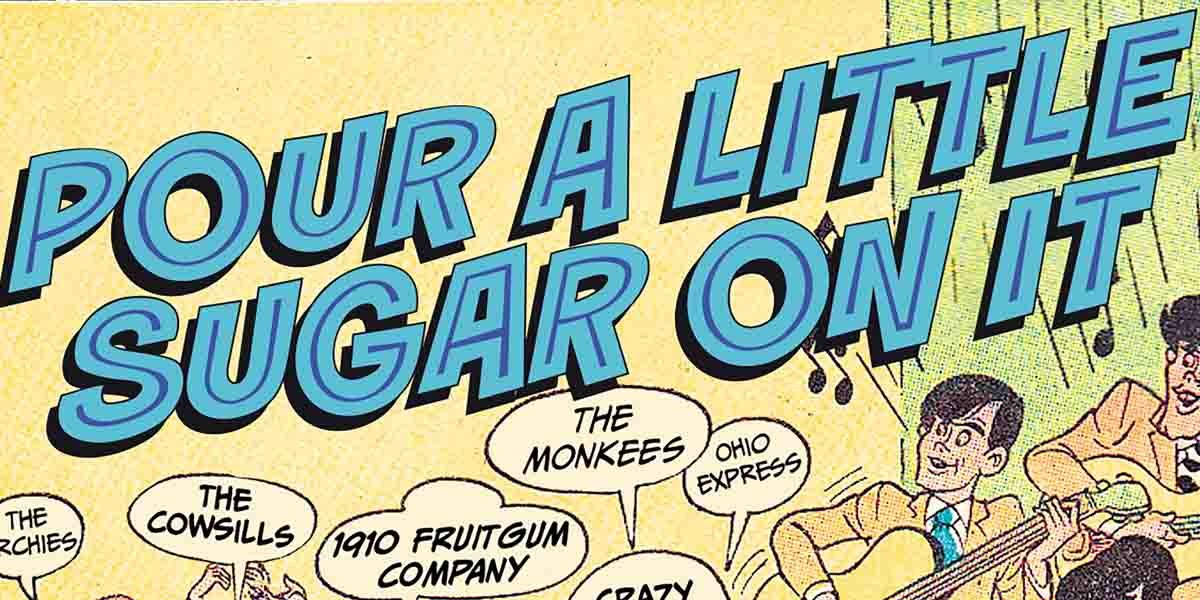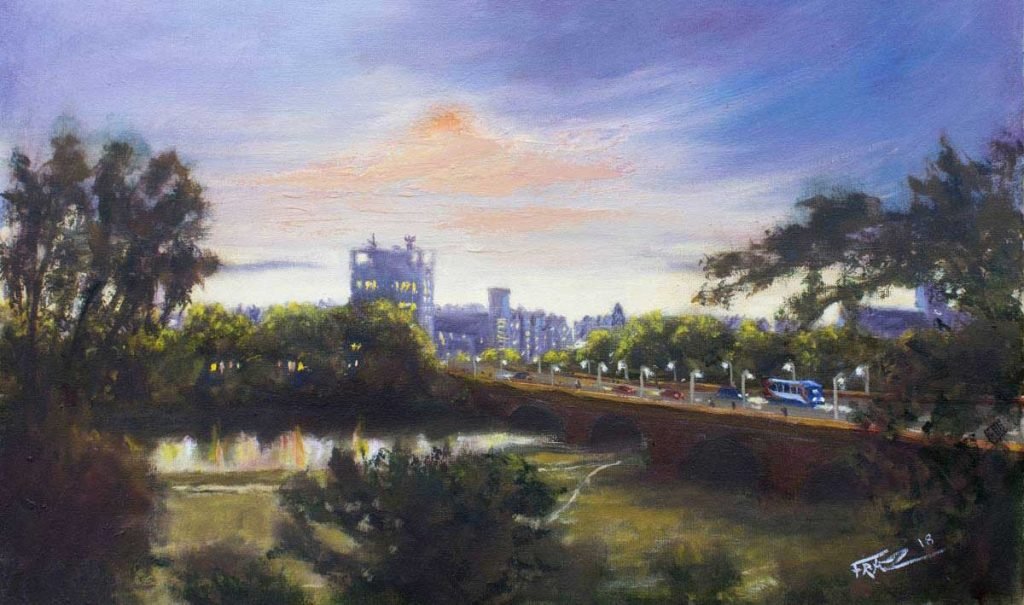However, like any living thing, trees can fall ill or develop problems that make them unhealthy or dangerous.
One of the most important things about regular tree care is being able to identify health problems as soon as they occur. The sooner a potential issue can be identified, diagnosed, and treated, the less likely it’ll be that any damage will occur in the long run.
In this article, we’ll explore what symptoms to look out for if you suspect your trees have an illness or disease, so you can get them treated quickly before they pose any danger to your property or home.
Check for dead branches
You can inspect a tree’s branches for signs of disease by carefully looking at the branch itself, as well as the area around it. If you notice any discoloration, cracks, or other damage to a branch, consider cutting it off. Make sure you’re doing so in an appropriate manner:
- Always make sure that your pruning saw is sharp before attempting to cut. This will help ensure that you get a clean cut and don’t damage other parts of the tree with rough edges.
- When cutting off dead wood, remove it as close to where it starts on the trunk as possible; this reduces the risk of infection spreading further into your tree’s body (and makes future pruning easier).
Check for holes in the trunk
The most common signs of tree disease in the trunk are holes, cracks, and missing bark. These can indicate any number of different diseases, including cankers and gummosis.
Cankers are localised areas of decay that can be caused by fungi, bacteria, and insects. If you notice a canker on your tree’s trunk or branches, do not be alarmed. Cankers are common in trees, but they are not fatal; they can be treated with fungicides to help the tree recover.

Gummosis is caused by insects such as aphids or fungal spores that penetrate the cambium layer (the growing layer between bark and wood) of your tree’s trunk or limbs and interferes with its ability to transport nutrients throughout itself.
You can treat both types of infections by pruning out affected areas and disinfecting them with a 10% bleach solution**, then sealing them up again with duct tape. This will prevent further entry by insects/fungi into these damaged areas until they heal over.
Check the leaves
Leaves are a good indicator of tree health, depending on the season. The summer and early fall are the best times to inspect leaves since they are at their greenest and most uniform-looking.
If your leaves show any of these signs, your tree may be diseased or unhealthy:
- Yellowing and falling off
- Curling up
- Wilting
- Spots or other discoloration
- Holes
Leaning trees
If your tree is leaning to one side, it may be struggling to find the right balance and needs a little help. The first thing you should do is inspect your tree’s trunk for any injuries or other damage that could be causing it to tilt.
If there’s nothing physically wrong with the trunk, try rotating the soil around its roots so that they’re all on even footing. Cutting off extra branches is another way to help the tree regain its balance.
Root Girdling
Root girdling is a problem caused by the roots of a tree growing around and strangling the trunk. These roots can cut off the flow of nutrients and water to the tree, causing it to die if left unattended.
The best way to prevent this from happening is by keeping your lawnmower blades sharp and making sure the area around your trees is not overgrown. Maintain healthy water levels in your yard, especially during dry weather or when there has been recent construction activity (like digging up pavement).
Final thoughts
When it comes to trees, regular inspections are the best way to spot problems before they become serious.
In the same way that taking your car in for a checkup helps prevent expensive repairs down the line, a tree inspection will allow you and your arborist (a professional who specializes in caring for trees) to catch any issues early on, when treatment is easiest.
These are just a few signs that your tree might have an illness or disease. There’s no need to panic—if you think your tree needs help, contact a professional arborist who can examine it and recommend treatment options.
**Always speak to a professional before applying a home remedy.
Author: ANDREW EDGAR
Written by local arborist Andrew Edgar [Orchard Tree Surgery and Maintenance].






